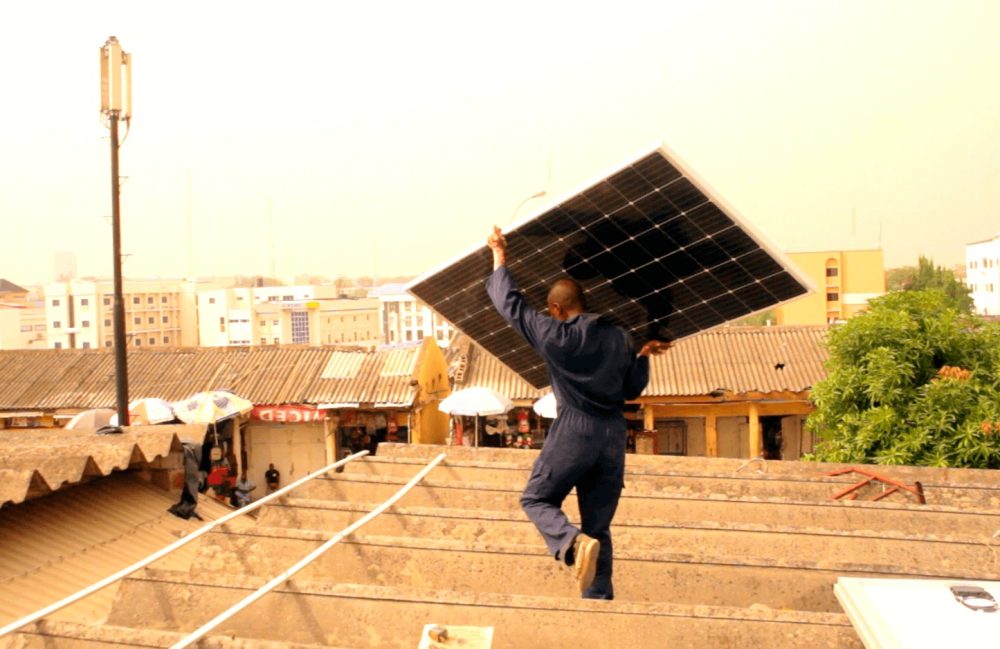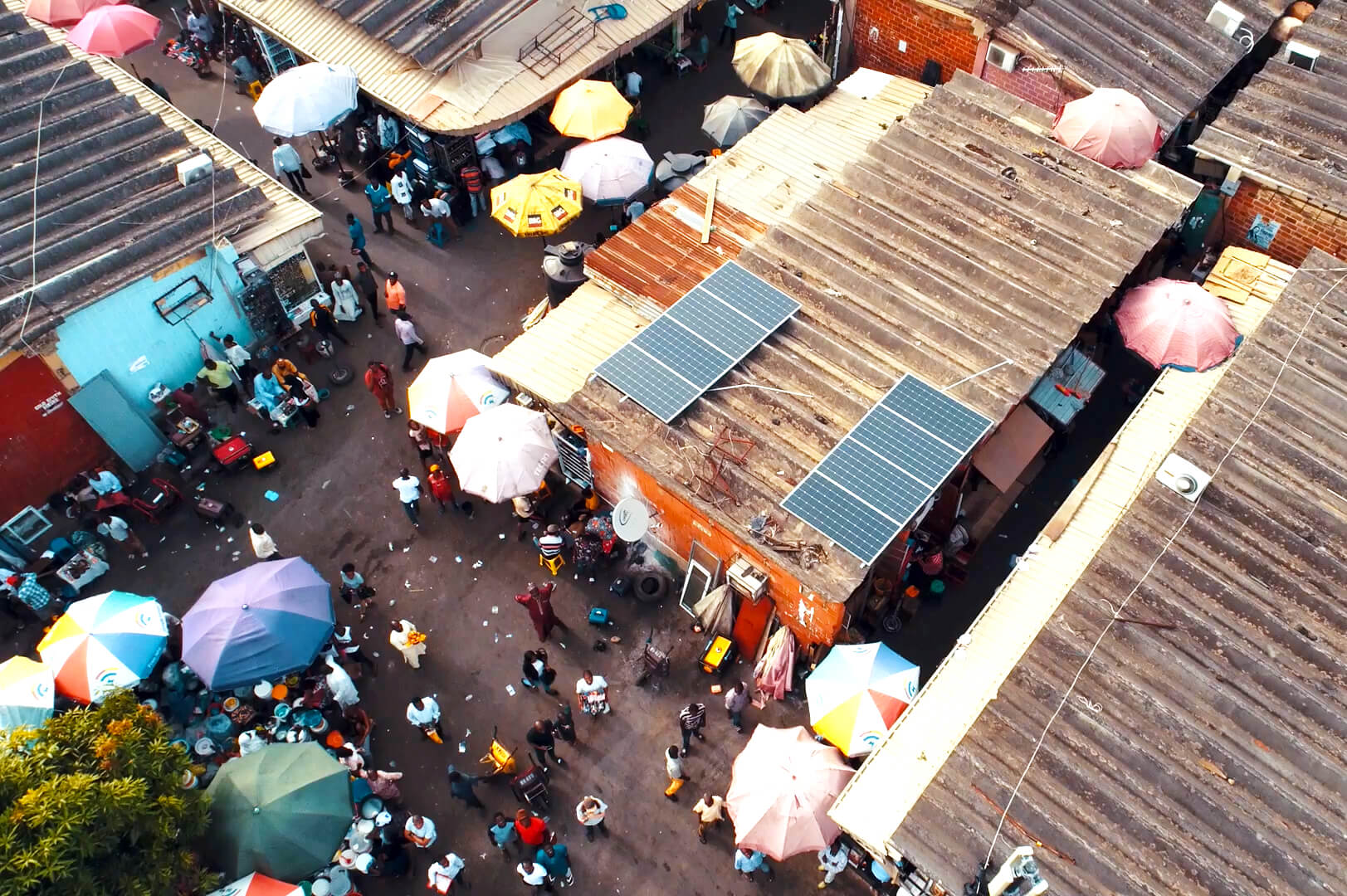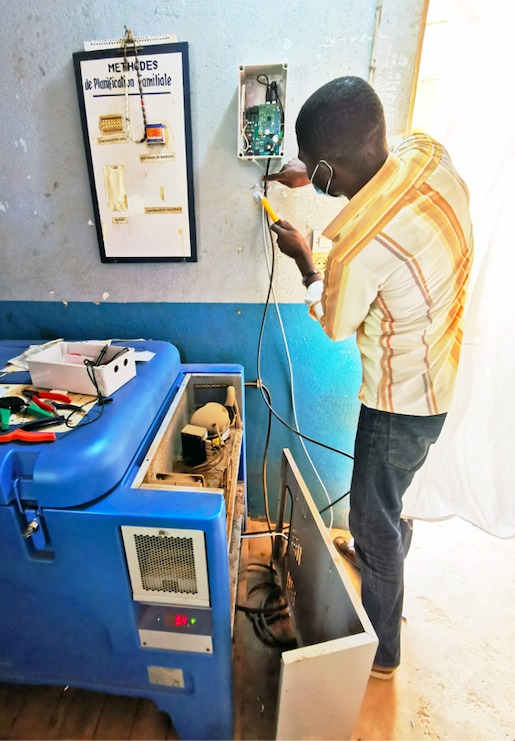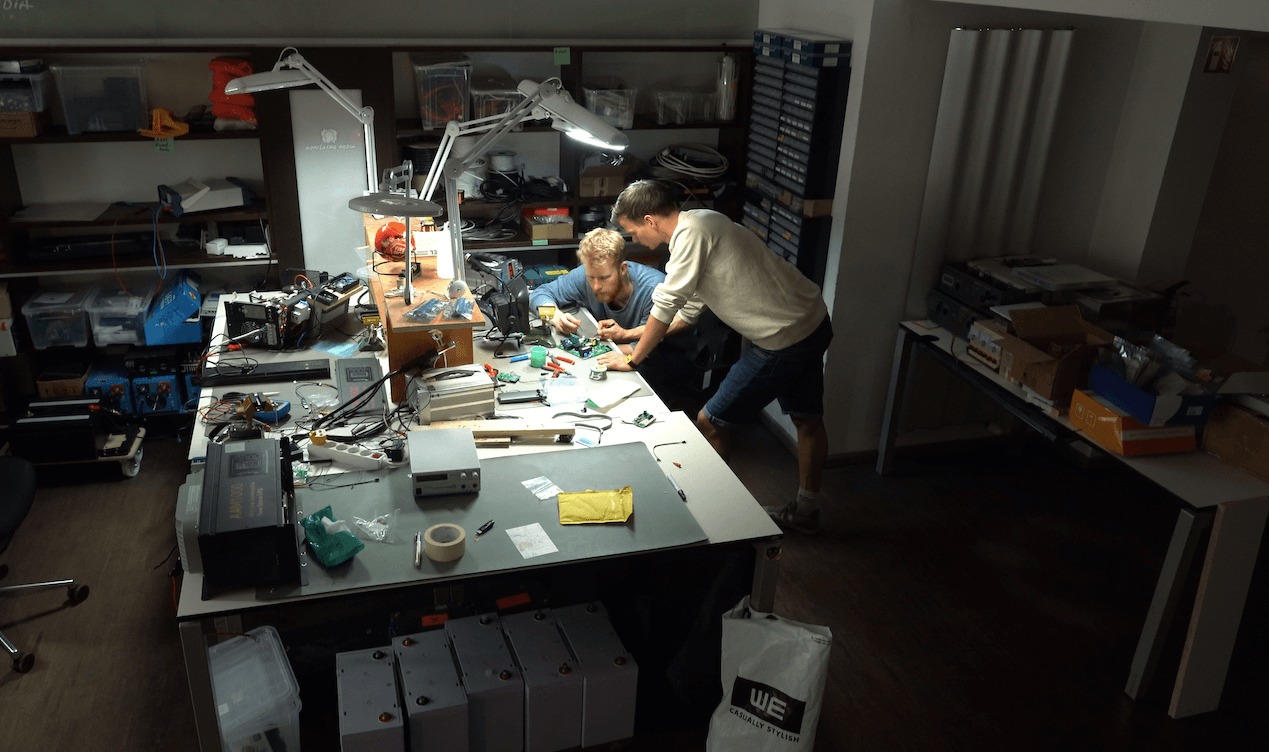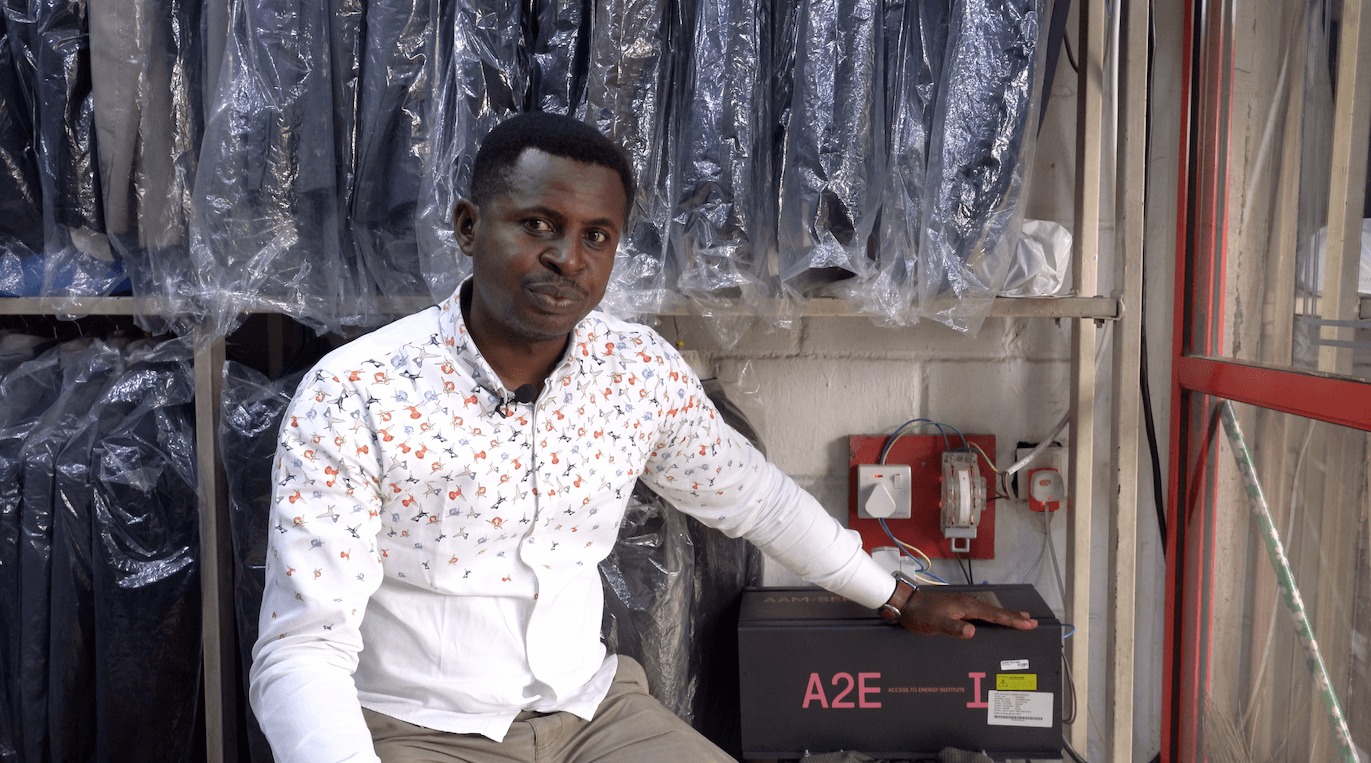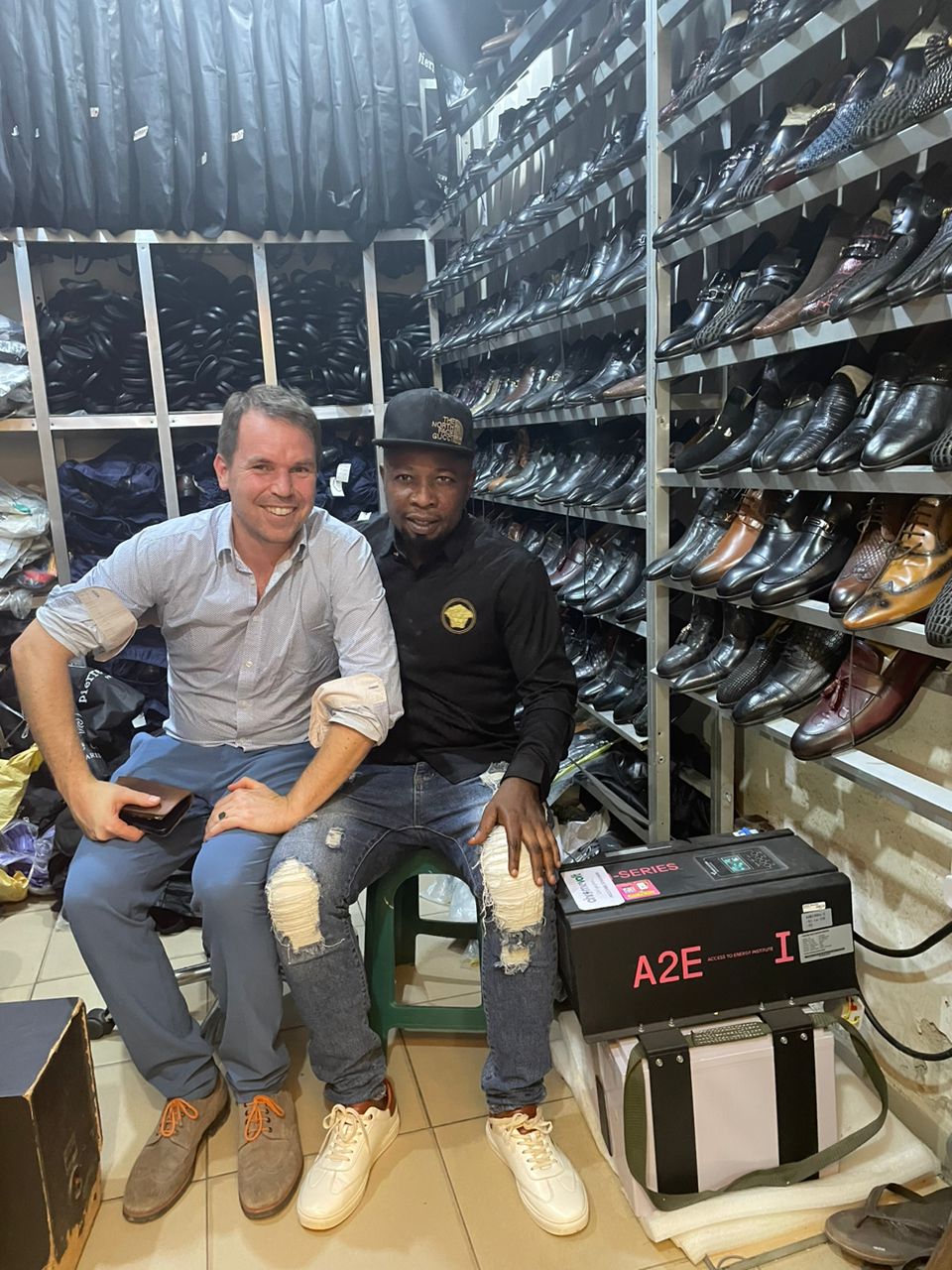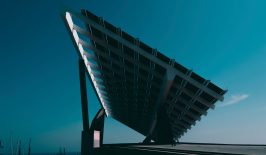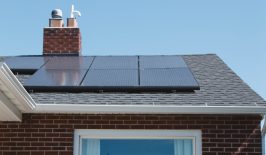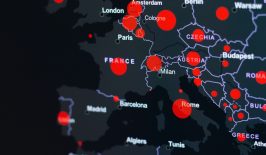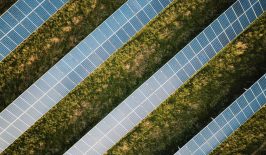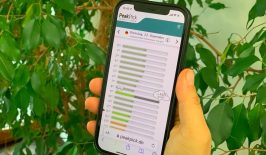Millions of people around the world still have no reliable access to energy. Many more depend on solutions that harm global health and the climate. One such example is that many households in countries of the Global South rely on paraffin lamps as the only light source, with power supply being based on diesel generators. It is clear to Thomas Gottschalk and Stefan Zelazny from the Access to Energy Institute (A2EI) that this needs to change. They have a clear mission: to give as many people around the world as possible access to clean, renewable energy. They aim to achieve this with the help of comprehensive, reliable open-source data, on-site research and analysis of solar solutions.
Thomas Gottschalk is an engineer and, after travelling the world in a solar car 13 years ago, founded the start-up Mobisol, which sells low-cost solar systems in Africa. Stefan has a background in software development and has been working with digital tools and software for many years and has already worked with Thomas at Mobisol.
A2EI’s home is in Berlin-Kreuzberg. We visited them there for an interview and talked about how A2EI came about and why reliable data is so important for developing good solutions for solar energy and making a real difference.
The following interview has been translated from German.
Thomas, how did A2EI come about?
Thomas: We’ve been realising energy projects in the access-to-energy world for almost ten years, but we’ve often had our fingers burned. How can we make all the lessons we’ve learnt available to people working in this sector so that they don’t make the same mistakes? With this in mind, we founded the non-profit Access to Energy Institute. We want to support this sector with research, data collection, analytics and the development of products, which we then make available to various companies.
Our aim is to start with the problem and end with the solution. And to understand the problem, it’s not enough to go and look at what it says on a generator, for example, how much power it has. It’s important to find out how much power the customer is actually drawing in the end. If you just look at how much power a generator has, you quickly conclude that you can’t replace it with a solar system because perhaps the roof area isn’t big enough.
What we want to do with the institute is leave assumptions behind us and try to understand the status quo. Stefan, for example, is in charge of a project in Sierra Leone where the infrastructure of a hospital is being monitored. Here we want to understand what a hospital really needs in terms of energy to function 365 days a year, 24/7.
Stefan: Yes, that’s a very interesting project. The British NGO we are working with has been commissioned to supply hospitals in Sierra Leone with sustainable, off-grid electricity, i.e. to convert them to solar energy. They first totalled the output of all the hospital’s devices to find out how much electricity is needed in the hospital. This resulted in huge consumption figures. This made it clear that it makes more sense to consider how a hospital really works. So when does a generator start-up, how often is it needed and what battery power is required? And that’s where we came together.
In other words, the criticism is that solar energy systems are often installed more or less arbitrarily
Stefan: Yes, large programmes are often developed from a desk without asking: Is this even true? But you get surprising results when you check.
You are working in parallel with Prospect on a data aggregation platform, right?
Stefan: Exactly. Various data sources can be connected to the platform. Anything that automatically generates data – such as smart meters – can be easily connected to it and send the data to the platform. There it can be aggregated, visualised and evaluated. We use this to monitor the hospital, for example.
How does the platform work?
Stefan: The staff on site have installed the smart meters in the hospital. As soon as they are installed, they send data to the platform and the people on site can immediately see what the consumption values are in the hospital. They can also see whether they have tapped into the right points, when the generator starts up and so on. Now, at the next level, we are currently working with the team to create meaningful visualisations. These should lead to the same concept being extended to other hospitals and buildings. And, of course, so that lessons can be learnt. In this project, we see ourselves more as a technical implementation partner, i.e. we provide the infrastructure that the people on site can then continue to work with.
Prospect has been developed completely open source from the outset. All the principles of how it works, how it was implemented and why we decided in favour of certain solutions are transparent. This has the advantage that you can reach completely different people. If someone wants to use this technology, they can do so without having to ask.
Thomas: What I find extremely exciting about the Prospect platform is that everything from water pumps to hospitals can be included. Because no matter what it is, in order to use renewable energy sensibly, we need to know how often it is used. And what we do is “human proof data collection”, so to speak. Very often you can’t rely on interview data. If you go to a farmer today and ask, for example, how much water they need and how long the water pump is in operation, you will get a different answer than if you ask the same person tomorrow, because there are different perceptions. And the information can sometimes differ by a factor of three or four. But if you use a Smart Meter, then you know 100 per cent when the pump was running and how much electricity it consumed. From this, we can determine the actual demand.
There are tens of thousands of hospitals in Africa that are not reliably supplied with electricity. When the demand is calculated using a thumb value, ten kilowatts are attached to it, although five kilowatts would actually have been enough. As a result, twice as much money is spent as would have been necessary. However, twice as many hospitals could have been electrified for the same amount of money. It therefore makes a lot of sense to bring in an understanding. It’s the same with hospitals and petrol generators: If we don’t know what the actual problem is, then the solution will probably be the wrong one.
You also develop products yourself. When do you become active?
Thomas: We have installed over 2000 smart meters between Nepal and Senegal in very different projects. All the data is available online and open access. If we see that nobody is doing anything with the data, then we look to see if we have the capacity and understanding and use the data for product development. This is how we came to develop a solar generator together with two manufacturers. This not only shows that the problem exists and what could be done in theory but also that we can solve it in practice.
And what does the solar generator you have developed look like? What distinguishes your solution from other developments?
Thomas: We have discovered that petrol generators require less than 20 percent of their capacity. A 1000-watt generator, for example, only runs on 200 watts on average. And to replace 1000 watts, you have to install five or six solar modules, but one or two modules are enough for 200 watts. This was a breakthrough in the solar generator sector because it allowed us to reassess the problem and find a much more cost-effective solution. In our development, the modules and the battery are five times smaller, so the solar generator is also five times cheaper. Many manufacturers who are now launching solar generators on the market tell us that they would have developed completely different generators without our work.
If I have understood correctly, Prospekt is about more than just obtaining data for individual solutions.
Stefan: Our aim is to make as much data as possible available in order to get a complete overview of the energy sector and the major programmes. And to ensure that people are willing to share their data and make it available at an aggregated level, we want to keep the barrier to entry low.
Many large electrification programmes have often not been sustainable, either in terms of implementation or design. But if we have relevant data in advance, it can influence the design of the programmes. We are also able to monitor these programs at low cost using digital tools. In other words, we can determine how successful they are, how many people are actually being reached and in what context. To do this, however, we need people to be willing to make their data available, preferably in an automated way.
Thomas: We often have a situation where large funding programmes with a budget of millions of euros are conceived and implemented in an extremely undigital way. For example, there is a fund with 40 or 50 million, where people work with Excel sheets. Although they are installing systems that are partly smart or that could be so smart via the payment functions that you could see whether the system is working or not. And that’s where the prospect platform should bring added value for governments and investors, because it shows what happens with the money that is put in.
In the meantime, the organisations are coming to us. For example, the World Bank contacted us three or four months ago and said that they wanted to implement a large electrification project in East Africa. And they were looking for a tool to monitor it
But monitoring data can also have another effect, namely to bring more confidence to the market, right?
Thomas: Once we have found out from the data that the battery has to be a certain size, we can manufacture such a product, but it will not yet be available to customers. But we also want to give as many people as possible access to renewable energy.
Enpal rents or “buys on hire” solar systems in Europe and shows that customers pay back. They then make deals with DKB and get even more money to install more systems. It is not surprising that this works in Europe with financially strong customers. But that is the big question mark: What is it like in rural Zambia or in the capital of Malawi; if people there get a solar generator, do they really pay back? Analysing this digitally and then evaluating it is a major strength that we want to make available to the sector with Prospect over the next few years.
Stefan: By making the actual repayment rates visually transparent, the uncertainty on the donor side decreases. And as uncertainty decreases, so do the risk premiums. With more confidence, we also get more money into the sector. That is our big goal: how can we ultimately channel more money into electrification?
Thomas: If we take SDG7 seriously, we need to cooperate more and talk much more openly about our problems and mistakes. So that the others who come after us don’t make these mistakes again and the investors who invest in these sectors invest their money wisely. And that was also the realisation: Hey, what we actually need is an institute that is like a kind of lobby organisation and stands up for this sector. When we talk to the World Bank, for example, they find what we tell them interesting because they know that we don’t have a commercial interest, but because we want to promote SDG7. It’s super exciting to have this opportunity to influence their thinking.
You currently use smart meter and repayment data for your data analyses. What other data are of interest to you?
Stefan: We are currently looking at satellite data, i.e. high-resolution low-orbit images, to see how we can make verification even more favourable. If I have electrified a household, you should also be able to see a panel from above, for example. Or if a light is on at night, there is a high probability that the electricity is still working.
The problem at the moment is that many relatively large programmes have a very high proportion of transaction costs. A lot of money is spent on monitoring and evaluation to show that these five million have been realised. This is understandable, but if only two million of the five million arrive on the ground – which is probably not a bad estimate – the effect is not particularly great. However, for 4.5 million of the five million to arrive, we have to reduce costs at various levels. One is the hardware, the other is the evaluation.
Thomas: This is also extremely interesting for local distributors if they no longer have to worry about verification because it works via a satellite.
I can’t say yet whether we can manage that. There aren’t that many high-resolution images of Africa. The other question is whether it is scalable.
Weather data is also very interesting, for example for the validation of carbon credits. This can be used to determine whether so much could have been produced on that day.
So, you still have a lot to do.
I think what drives us here at A2EI and many in the sector is that we have all spent quite a lot of time with end customers and end users and have been in their small huts where we have seen what it means when there is suddenly electricity. It’s a life-changing moment!
The people who suddenly have electricity have a completely different sense of self-worth and different health behaviour because they no longer have to breathe in the harsh fumes from paraffin lamps. Some of them have sources of income because they can use their electricity to run machines. There are a lot of great things that come together when people have access to electricity. We are driven by the fact that as many people as possible have this access. And efficiently designed structures support this extremely well.
